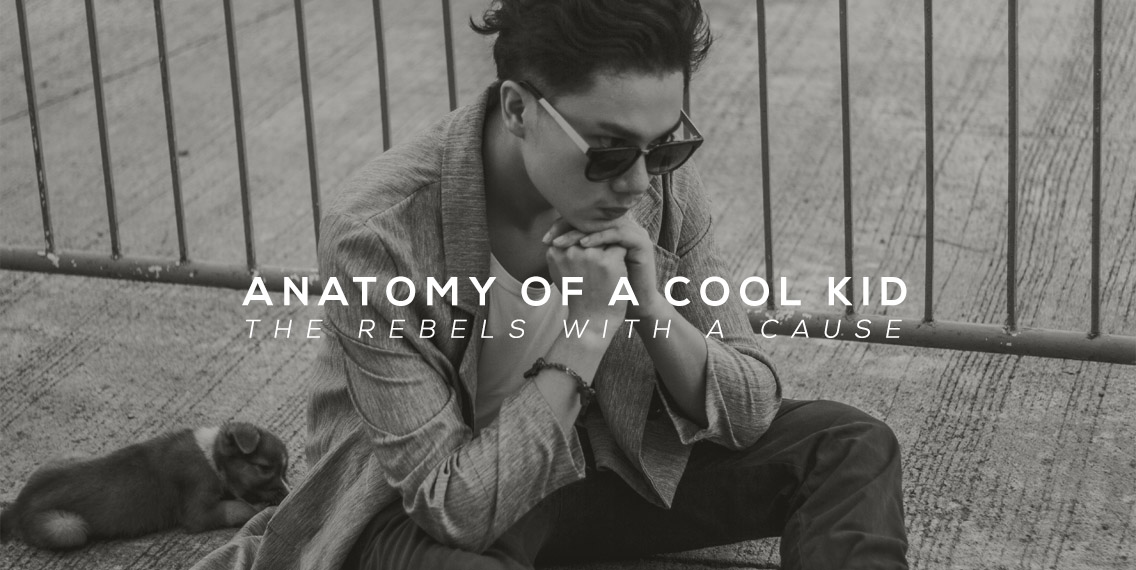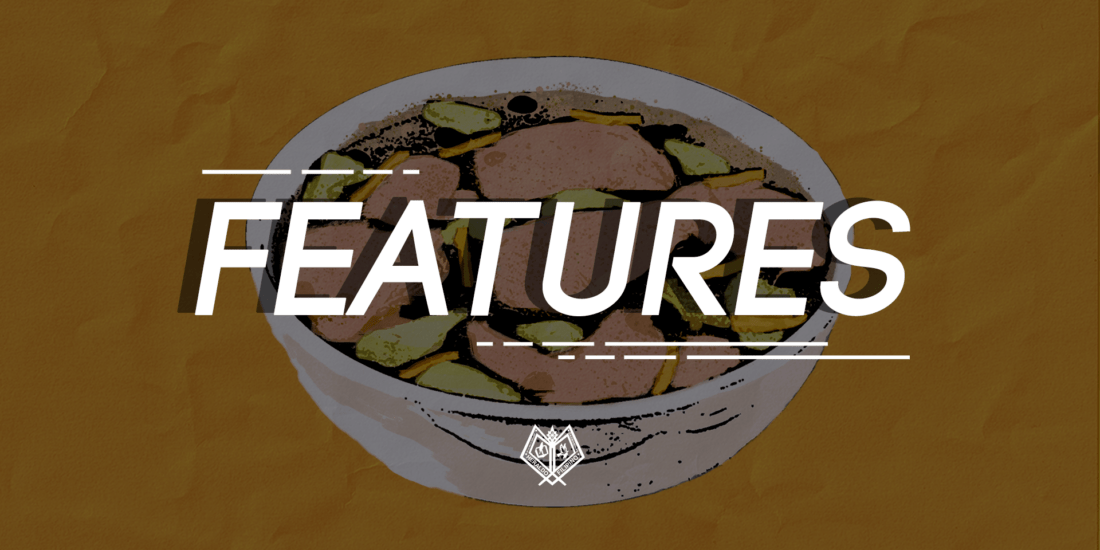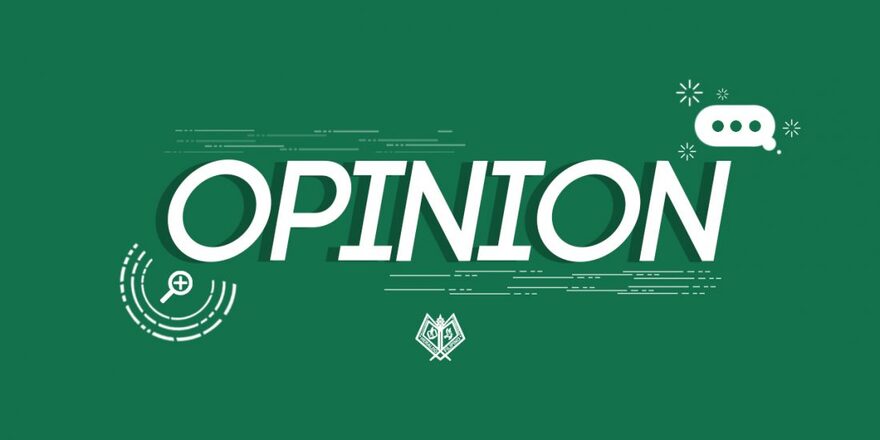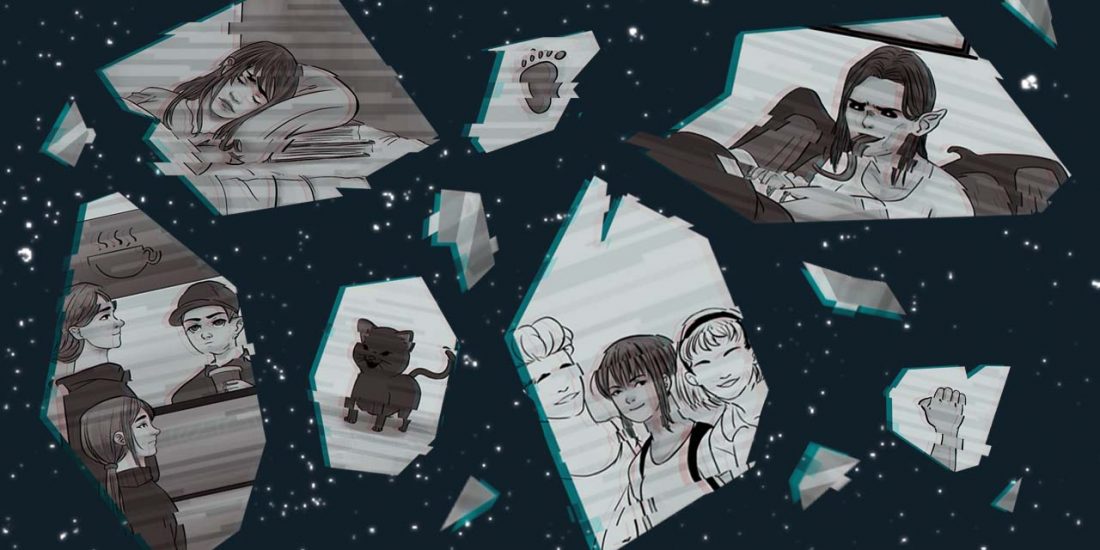Anatomy of a cool kid: The rebels with a cause
So you decided you want the signature low profile and clean-cut pair of Adidas. You pick up on anything classic and authentic, but pop mainstream or cliché. Remember Kurt Cobain and Winona Ryder? You want that nonchalant-anything-goes look because you believe there’s nothing more uncool than using your fingers to fix your oft dyed hair. Drama? Hell no. High school politics? Cringe on. Retro grunge? Rad. James Dean’s Rebel Without A Cause? Cheers.
“Cool” is a socially constructed mutant, carrying no universal concept among cultures and cliques. Though some “cool kids” loathe getting thrown into the limelight, let’s travel back through generations to try to peel off the layers that got the word from temperatures to an edgy persona.

Rebel lexicon
To be cool means a lot of things—when the weather cools off, it goes from 35 degrees to 15; eating ice cream is yet another way to cool off; at its simplest, a thing is cool if it’s not quite cold but not warm either. If you are tagged as “cool,” instinct propels you to pretend you don’t give a damn about anything, especially with what people say, and you abhor the attention, so you only casually utter a few words. At least, that’s the attitude that says, “I will never be constrained in a box” adopted by rebels, rockers, intellectuals, and the like. Nevertheless, what people embody as cool is entirely subjective and elusive, varying over time and across cultures.
Believe it or not, “cool” developed as an attitude practiced by the African slaves in the United States before the American Civil War, because overt aggression and subversion were punishable by death. With that, suppressing their hostility became a tool or a special self-defense mechanism that cultivated emotional detachment, helping them cope and conceal their experiences of exploitation. So when they say, “We’re cool,” they meant they are keeping it together under the pressures and boundaries of a racist society. In her book What is Cool?: Understanding Black Manhood, Kim Connor describes that cool is “the silent and knowing rejection of racist oppression, a self-dignified expression of masculinity developed by black men.” She also writes that the new and mainstream conception of cool, arguably among the youth, is narrow and distorted, as it is dumbed down to a mere style or to an arrogant and superior attitude, rather than as a means to earn respect and independence.
Moving on to the first decades of the twentieth century, we welcomed the radical transformations from which in the 1940s, cool emerged as a cultural phenomenon. It’s not like the big names of the 40s—including the notorious jazz trumpeter Chet Baker and the Renaissance woman Katherine Dunham—knew they were in the cool club, but they were considered “new energies” that brought sweeping changes in social norms. Take for instance the fresh expression, independence, and rebellion in the film, music, literature, and art industries. Apart from that, women and African-Americans began to gain their long-denied freedom, causing cool to then describe a rebel that did not only deny conformity, but shaped society.
Ultimately, cool is vaguely understood as merely a matter of attitude, when in fact, as Kim Connor reveals, it was once man’s way of staying alive—an act against conformity.

Cultural export
By and by, cool then evolved from an adjective to describe a behavioral attribute as a shield against racial oppression and political persecution to a representation of the current youth culture—black aesthetics, alternative music, slang, and self-expression. It wasn’t long before the word attached itself on all types of iconic persons, like James Dean with his red leather jacket and Lee 101 Riders jeans. This image influenced crowds into thinking that it is more important and swell to be cool and blue than to showcase interest in life pursuits.
Moreover, a theory on coolness as a widely used marketing device, shows that in pursuit of being cool, the consumer population crafted needs that weren’t necessary just to stimulate an economy for the elite and businessmen. This is especially a shout-out to tobacco industries that marketed menthol cigarettes as a product that’s essential. “Cool has become the central ideology of consumer capitalism,” according to the book The Rebel Sell: Why the Culture Can’t be Jammed by Joseph Heath and Andrew Potter. This act led to the “rebel consumer,” who loathes getting lagged into the mainstream.
The market drags us to competition by selling the common concept of cool—someone who has an “original” persona, a charismatic edge, and a dark or mysterious side of individuality. You tend to put together eclectic pieces—branded cap, high-waisted jeans, and oversized knitwear and cardigans—because you want to be part of the cool perch. And this is what Potter and Heath argues on their notion that consumerism is driven not by conformity, but largely by consuming for competition or to attain class distinction through what we buy, because they note: “if you lag, you become mainstream.”
Apparently, our generation’s zeitgeist of cool altered the classic and historical definition, which was supposed to be a classic resistance to authority, norms, expectations, and beliefs of others—not a mere appearance aesthetic with shallow appeal that downplays the revolutionaries behind the word’s etymology.

Postmodern paradox
From a historical social construct for freedom and expression, cool became a tool, a cultural export, for shallow capitalism to sell rebellion in an aesthetic appeal, becoming central to many of new cultural forms and even business industries. Yet, earning the cool badge doesn’t just mean abiding by a lifestyle of sex, drugs, and rock n’ roll. It’s more on taking fears away to expand one’s consciousness—something we ought to remember and revive in this era that fed itself conceit and pretensions.
The cool kids of the 60s and 70s were the cultural leaders in the arts who were ceaselessly open to new ideas and were always antiauthoritarian. To be cool means to turn a hundred and eighty degrees away from what they call “the System”—the government, police, and basically every bit of conventional wisdom. Psychologically, this non-conformist culture and breaking of cultural grounds, according to sociologist Frank Fasick, is the result of the youth trekking the rough and contrasting road of adolescence, tied with the contradictory pulls of society—where the youth are both socially independent but economically dependent. And as a means of coping, they seek communities that are new and different.
As more and more artists seem plagued with mental illnesses, cool has hooked itself so much that it’s become synonymous to depression, anxiety, and existential angst. For the sake of aesthetics and being cool, young people hop into the culture of glorifying self-pity and mental health problems in an effort to seem fashionable, edgy, and unique. Depression and other commonly romanticized mental disorders are more than just shapeshifters. Asserting how the word “depression” has become worn out as it’s confused with everyday blues and challenges, adolescent psychiatry expert Dr. Stan Kutcher says, “You see kids self-identifying as having that depression, but they don’t have a depression. They’re upset, or they’re demoralized, or they’re distressed by something.” Ultimately, cool distorts this grave issue to an appealing and artsy trend of girls and boys staring off into the distance with dark quotes on self-harm, showing the downplay of cool’s evolution.
Moreover, cool, in its entirety, has become ironic on how its original definition of defiance to pre-existing norms pushed toward individual passivity—rather than toward progressive civic engagement. For the cool kids of today, it’s become more important to look and feel cool, turning themselves into objects of desire instead of becoming social initiators and influencers.
The modern approach to cool—the stylization thereof, offered a movement that solely focuses more on form rather than substance. Today, instead of social activeness that once was critical in earning the cool badge, we are left with an incessant state of detachment, passivity, and social decay—which is far from cool.
Photos by Jose Mari Martinada





